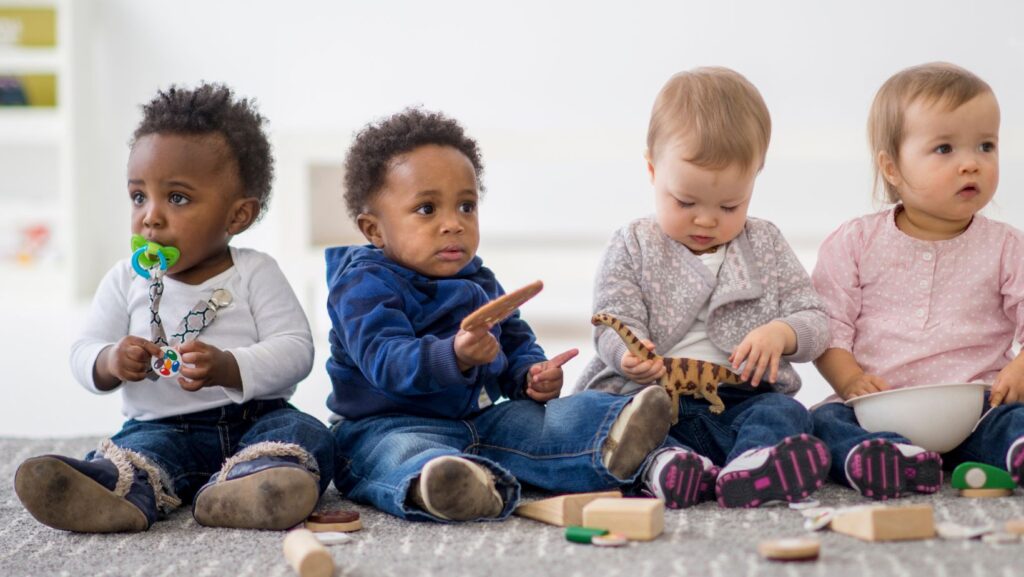Most parents assume they’ll know when their toddler needs more structure, but the signs are often surprisingly subtle. You might notice little changes — more tears during transitions, sudden clinginess, or small behaviour shifts that don’t quite make sense. These moments can easily slip under the radar, especially when life at home is busy and unpredictable. But tuning in to these signals can make family life feel calmer, more predictable, and a lot less stressful for everyone.
If you’ve been weighing up a more consistent weekly structure, a simple step like exploring options such as Day Care Oakleigh East can sometimes help you understand what kind of routine would best support your child’s emotional needs.
Below are the lesser-known cues that your toddler may be craving more rhythm in their day — and how you can respond with confidence.
When Small Frustrations Turn Into Big Feelings
Toddlers naturally experience big emotions, but when tiny issues regularly cause major outbursts, it may be their way of saying they feel overwhelmed. Young children rely heavily on predictable rhythms to feel grounded. When their day shifts constantly, even the smallest disruption — a different snack, a new person in the house, or a sudden change of plan — can feel enormous to them.
Notice if your child’s meltdowns seem random or if they’re happening more frequently. You might find that adding more consistency to mornings and bedtime helps them regulate more easily.
Clinginess That Appears Out of Nowhere
A sudden increase in clinginess often comes from uncertainty. If your toddler won’t let you leave the room, cries at drop-off, or constantly asks to be held, it’s not always a “phase.” Sometimes it’s a sign they’re struggling to predict what’s coming next.
Children feel safer when they know the flow of the day. Even simple visual cues, like a picture schedule on the fridge, can make a big difference. When children can anticipate what’s next, their confidence usually follows.
Difficulty Moving From One Activity to the Next
Transitions are hard for toddlers at the best of times, but they become even more challenging without a consistent rhythm. If your child has a hard time going from playtime to mealtime, or from the car to the house, they may not be getting enough support in understanding the structure of their day.
A few strategies that help:
- Give short warnings before transitions (“Five more minutes of play”)
- Narrate what’s happening next
- Keep daily patterns as similar as possible
These small steps create a sense of predictability that makes change less intimidating.
Sleep Becoming More Chaotic
When routines slip, sleep is often the first thing to show it. If your toddler suddenly takes much longer to settle, wakes during the night, or starts resisting naps, they may simply need a bit more structure.
Sleep thrives on rhythm. Regular wake times, meal times, and wind-down rituals signal to their brain and body that rest is coming. Even a 10-minute difference can matter more than you’d expect.
Increased Sensitivity to Noise, Crowds, or Touch
Toddlers who feel overwhelmed or overstimulated often benefit from routines that break the world into predictable chunks. If your child becomes more sensitive in busy environments, pulls away from physical contact, or seems on edge in social settings, it could mean they need more grounding moments throughout the day.
A stable routine doesn’t have to be rigid — it just needs to give them anchor points.
Your Toddler Seems “All Over the Place” Emotionally
Some toddlers swing from giggles to tears in seconds, but if this becomes more frequent, chaotic emotions may be a clue that they’re craving more stability. When a child knows what’s coming next, they can spend less energy coping with uncertainty and more energy engaging with the world.
Watching for patterns can help:
Do the emotional ups and downs happen at the same time of day? After outings? Before meals? These clues might show you where extra structure is needed.
How to Create More Routine Without Feeling Rigid
The goal isn’t to create a military-style schedule — it’s to build gentle predictability that supports your toddler’s wellbeing.
Try:
- Keeping meals and snacks roughly at the same time
- Setting a consistent bedtime routine
- Creating little rituals (a goodbye phrase, a morning song, a snack tradition)
- Predictable activity blocks: outdoor play, quiet time, meals, rest
- Repeating daily patterns so your toddler can mentally “map” their day

These small actions make daily life feel safer and more manageable for young children who are still learning how the world works.
A More Predictable Day Helps Everyone
When toddlers feel supported by routine, their behaviour often improves, their confidence grows, and family life becomes noticeably smoother. You don’t need a perfect schedule — just enough rhythm for your child to trust what’s happening next. The more connection and consistency you build into their days, the easier it becomes for them to manage transitions, emotions, and new experiences.
If you’d like me to write versions of this article for different titles or clients, just send the next brief and I’ll handle it.

